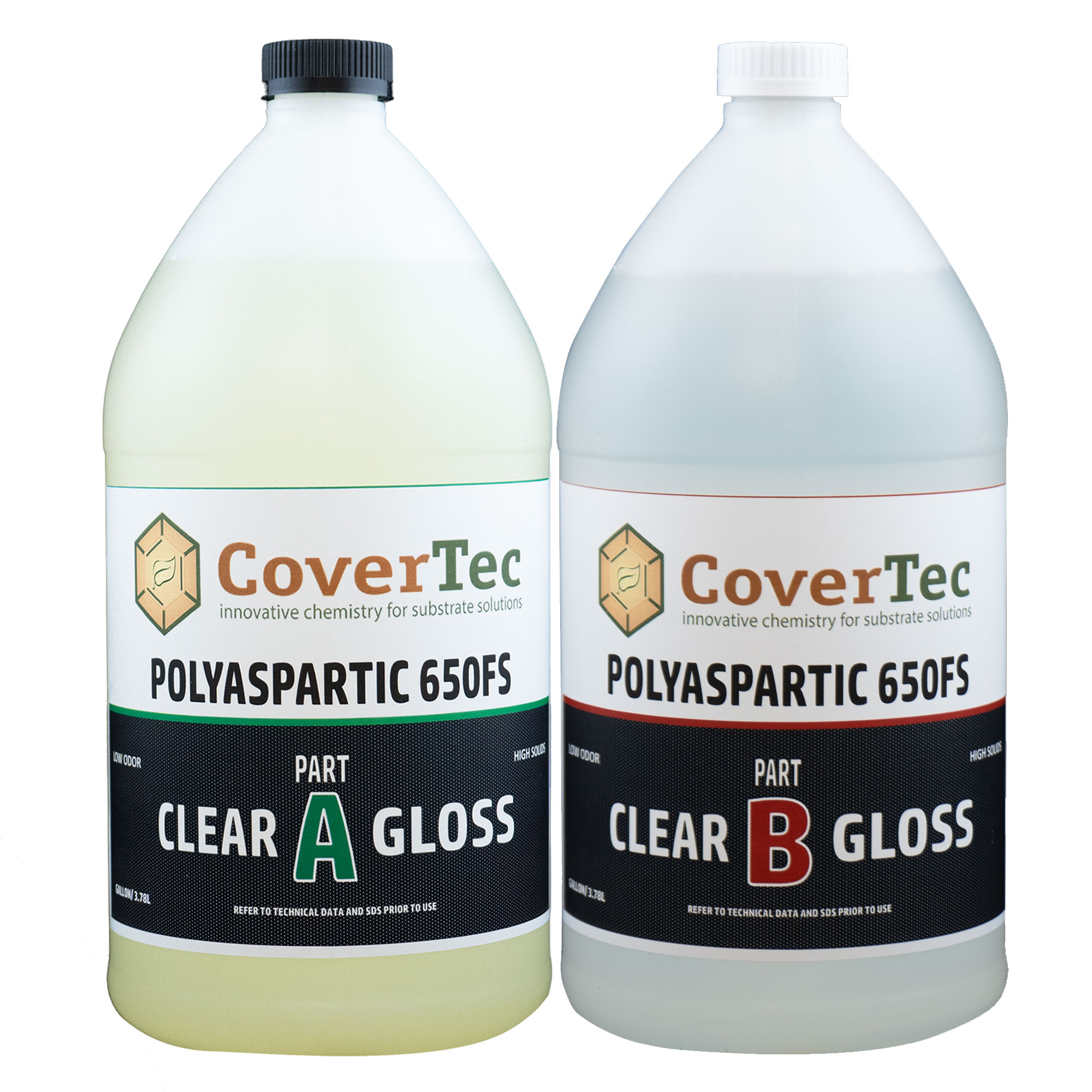
FREE SHIPPING OVER $20
Free Shipping Inside The USA

MONEY BACK GUARANTEE
30-Day Money Back Guarantee.
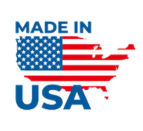
MADE IN THE USA
100% American Made Products.



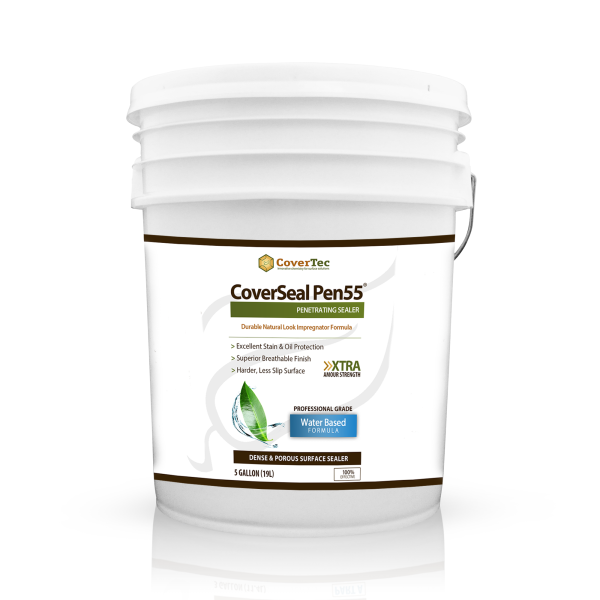


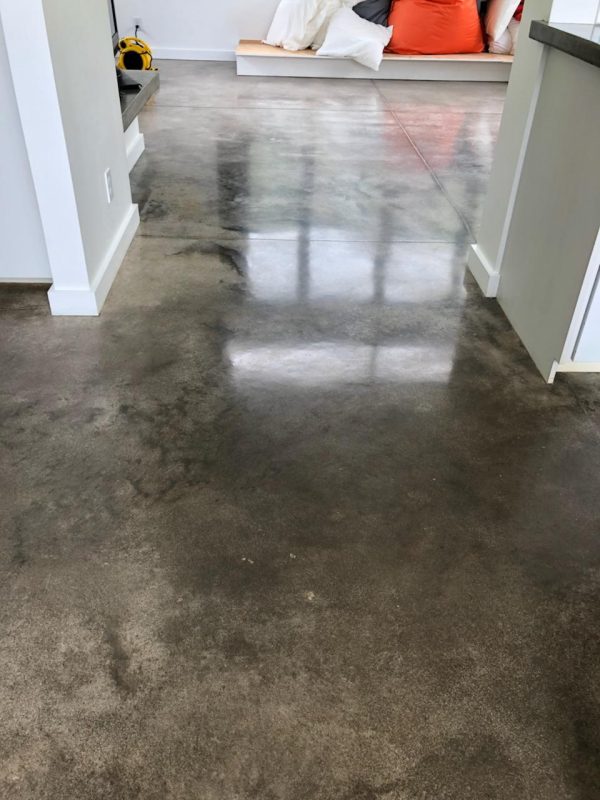
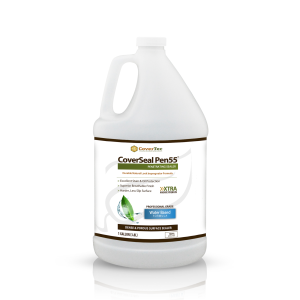

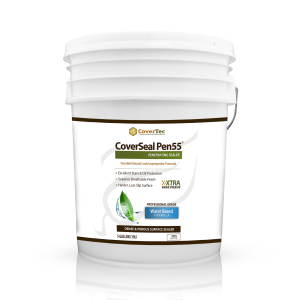



Penetrating Concrete Sealer – CoverSeal Pen55 UV Resistant, Oil Repellent Coating
$14.00 – $355.66
- Location : Interior/Exterior
- Task : Oil Stain Water Salt Resistance
- Application : Roller, Low pressure pump spray
- Base : Water based Fluorochem
- Coverage : Water based Fluorochem
- Finish : Clear
- Secure Checkout
- Location : Interior/Exterior
- Task : Oil Stain Water Salt Resistance
- Application : Roller, Low pressure pump spray
- Base : Water based Fluorochem
- Coverage : Water based Fluorochem
- Finish : Clear
Delivery Time: Typically 3 to 5 business days
Frequently Bought Together
What customers are saying
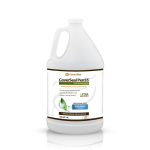
Penetrating Concrete Sealer – CoverSeal Pen55 UV Resistant, Oil Repellent Coating
$14.00 – $355.66
In stock
- Description
- Application
- Technical
- FAQs
- Reviews
Description
Penetrating Concrete Sealer - CoverSeal Pen55 Water-Based, Oil And Stain-Resistant Sealant For Porous Surfaces.
CoverSeal Pen55 Product video
CoverSeal Pen55 Unboxing video
What Is CoverSeal PEN 55 Penetrating Concrete Floor Sealer?
CoverSeal Pen55 is a specially formulated penetrating sealer for concrete and concrete pavers. It is designed to penetrate the surface and resist not only water, but also oil and food-based stains.
Pen55 is highly WATER , SALT and OIL STAIN Resistant. We use fluoropolymer technology to get into the micro-pores of the concrete – into the capillaries – and seal or block any solutions, fluids or stains that tries to get into the surface.
It’s designed not to change the appearance of the concrete. Pen55 concrete floor sealer is BREATHABLE. It’s a penetrating sealer, so it doesn’t leave a film on the surface Breathable. It is extremely repellent of water, oil and stains.
What Situations Call For A Product Like CoverSeal Pen55?
CoverSeal Pen55 is used predominantly for sealing concrete and concrete pavers.
It can be used for both interior and exterior applications.
That is, anywhere you want to protect the concrete or paver surface from:
The major benefit of using CoverSeal Pen55 concrete floor sealer in areas like these is to protect against oil and stains BEFORE the surface gets dirty.
Also because the product is highly water-resistant it protects the surface from deicing salts and freeze-thaw attack
And again, if you’re looking to keep the natural look of your concrete or pavers, Pen55 doesn’t change the appearance of the surface.
Shelf Life
18 months when stored at 77°F (25°C) or less in a dry and shaded area.
Application
CoverSeal Pen55 is easily applied using a roller, mop, brush or low-pressure pump up spray equipment with a fan type spray nozzle.
That is, anywhere you want to protect the concrete or paver surface from:
- Oil stains
- Food-based stains
- List Water and Salt
In residential applications, it can be useful on your:
- Driveway
- Patio
- Pool deck
- Barbecue area
In commercial applications – typically on new construction – it’s useful on:
- Parking decks
- Drive-through areas
- Pavers leading into buildings and public areas
Features
- Stain Resistant
- Excellent Oil Repellency
- Resistant to Driving Rain
- No Effect on Appearance
- Non Yellowing UV Resistant
- Breathable Sealer
- Reduced Dirt Pick Up and Smog
- Does Not Etch Glass
- Mildew Resistant
- Easy to Apply
- Zero Odor
Typical Uses
- Interior or Exterior
- Concrete Susceptible to Staining or Discoloration
- Marble and Terrazzo
- Natural Stone and Slate
- Brick Pavers
- Unglazed Tile and Grout
- Parking Decks and Loading Docks
- Precast Concrete
- Driveways and Garage Floors
- Patios and BBQ areas
- Walkways and Balconies
- Counter Tops
Theoretical Coverage
Coverage will vary depending on surface porosity. Polished and dense surfaces usually require 1 coat. Concrete, grout and other porous surfaces usually require 2 coats.
- Porous surfaces: 250 to 300 ft²/gallon per coat.
- Dense surfaces: 1,500 to 2,000 ft²/gallon per coat.
What Does A Paver Sealer Do?
A professional grade sealer will protect your pavers. It will simplify cleaning the surface and make it a low-cost ongoing effort. And finally, it will retain the beauty or appearance of your surface.
What Are The Benefits Of Sealing Pavers?
Let’s discuss the 3 clear benefits of sealing your pavers or concrete early.
- Stains
- Water getting into the surface
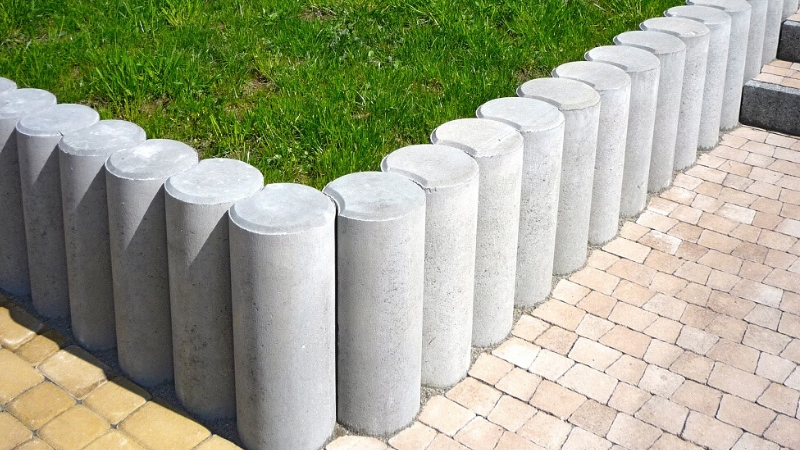
As stated above, moisture and water getting into a paver or concrete surface provides an environment for things like mold and mildew to grow, or water freezing, expanding and cracking the surface.
– Making the surface easier to clean.
A professional grade sealer will keep out or “hold off” contaminants from penetrating the surface. By sealing the paver, it makes it much easier to clean contaminants sitting on the surface. You can simply brush them off, pressure wash or hose them off the top.
– Maintaining the appearance or adding beautification to your surface.
The first 2 benefits of protecting the pavers and making them easier to clean facilitate the maintenance of the surface’s appearance over the long term. Basically, if your pavers don’t get soiled or stained, you’ll have a much better-looking surface much longer.
CoverSeal Pen55 is a pro-grade sealer that helps you:
- Keep the mold out
- Keep the ant-hills off
- Keep the dirt, grease, oil and food by stains off your surface.
The Best Penetrating Concrete Sealer Products for Maximum Protection
If you own concrete surfaces, like driveways, sidewalks, patios, or retaining walls, you’ll want to make sure they have the best possible protection against water, salts, weather, and general wear-and-tear. The best way to do this is by using a penetrating concrete sealer. This type of sealer is designed to penetrate the surface of the concrete and form a continuous barrier of protection against the elements, making it the ideal choice for long term use.
But with so many brands and types of penetrating concrete sealers on the market, how do you know which one is the best for your needs? That’s where we come in. In this article, we’ll talk about the best penetrating concrete sealers for maximum protection and why they’re the best. So, let’s get started!
Rick B's Story Using CoverSeal PEN 55
Quick Insight into Key Points
There are a variety of penetrating concrete sealers available, so it is important to research and compare the different options. Some good options include CoverSeal Pen 50, CoverSeal Pen55 ans CoverSeal Premium.
Why Penetrating Concrete Sealers are Necessary
Penetrating concrete sealers are an important part of preserving and protecting a concrete surface, as they can help provide coverage from weather damage and other external agents. They also offer aesthetic benefits, helping to make the concrete look better by providing a rich, glossy sheen.
It may not be immediately obvious why penetrating concrete sealers are necessary for long-term maintenance and protection of concrete surfaces, but these sealers provide numerous benefits that justify the modest cost of the product.
The main argument in favor of penetrating concrete sealers is their ability to protect against harsh weather conditions. Exposed concrete is vulnerable to water intrusion, freeze thaw, salt attack intense rain and direct sunlight, which can cause cracking and spalling.
Penetrating concrete sealers will fill in small surface pores, creating a waterproof barrier that prevents water and moisture from penetrating deep into the concrete surface and causing potential damage. This same waterproof barrier also helps reduce staining, as dirt, oil, food spills and other contaminants won’t be able to penetrate deeply into the surface of the concrete.
Conversely, there are some who argue that penetrative sealers do no offer the aesthetic benefits provided by a glossier look topical sealer and , there really isn’t any need for most people to use them on their driveways or patio surfaces. While this may be true for areas that don’t receive heavy traffic or are not exposed to extreme weather conditions, those in climates with large temperature swings should consider investing in a good quality penetrating sealer to protect their investment.
Overall, penetrating concrete sealers provide a number of benefits including protection from harsh weather conditions and preventative measures against staining. With these advantages in mind, we can now move on to discuss “What is a Penetrating Concrete Sealer?”.
What is a Penetrating Concrete Sealer?
A penetrating concrete sealer is a special kind of protective coating that creates a repellent barrier within the surface of concrete that helps to protect it from moisture, staining and wear. Penetrating sealers are designed to penetrate deeply into the concrete pores, forming an impenetrable seal that can last up to 5 to 10 years in some cases.
This type of sealant is recommended for surfaces that need extra protection, such as driveways, walkways and patios, because it acts like an invisible shield against water and other elements.
When debating between using a penetrating or non-penetrating concrete sealer, some may argue that the non-penetrating sealer provides better overall protection due to the resin layer on top of the concrete surface which blocks out incoming pollutants. Others argue that a penetrating sealer can create a stronger bond with the concrete, providing better protection against cracking, fading and color changes over time.
While there are pros and cons to each type of sealer, they both offer excellent protection depending on the specific needs of each project.
Now that we have discussed what a penetrating concrete sealer is, let’s move onto the next section which discusses how these products work in more detail.
How does a Penetrating Concrete Sealer work?
Penetrating concrete sealers work by creating a repellent barrier between the surface of the concrete and any potential damage-causing elements, such as water and other environmental contaminants. Penetrating sealers penetrate deep into the pores of the concrete, forming a repellent surface structure that helps to prevent moisture and dirt from seeping in.
As the penetrating concrete sealer hardens, it acts like a shield, protecting the concrete from being damaged by water or dirt. With regular maintenance and reapplication, penetrating concrete sealers can last for up to 5 years or more depending on its formulation and the environment where it is applied.
There is debate about whether penetrating concrete sealers are truly effective in protecting against long-term damage caused by harsh weather conditions and everyday wear-and-tear. Proponents of penetrating concrete sealers argue that this type of sealer does offer protection against general erosion and fading, as well as protection against staining and freezing temperatures – benefits that cannot be found with other types of sealants.
On the other hand, some experts claim that penetrating concrete sealers are not truly “penetrative” in nature and thus do not offer as much protection as advertised.
Regardless of these differing opinions, it is clear that regular application of a penetrating concrete sealer can help reduce damage to the concrete substrate in both short-term and long-term scenarios. As such, it is important to consider all aspects when selecting a concrete sealant for maximum protection. The next section will explore what types of substrates a penetrating concrete sealer can protect most effectively.
- A study published in 2017 found that silane- and siloxane-based penetrating concrete sealers are the most effective when it comes to protecting concrete surfaces from moisture intrusion.
- According to a 2018 study, using a penetrating concrete sealer can extend the service life of a concrete surface by up to 24%.
Research conducted in 2020 showed that acrylic- and epoxy-based topical sealers offer chemical protection. Fluorochemical - penetrating sealers offer water and salt repellency in addition to protection against oil and grease stains compared to silane/siloxane-based products.
What Types of Substrates Does a Penetrating Sealer Protect?
When shopping for a penetrating sealer, the most important thing to consider is what types of substrates it can protect. The two main materials that are typically used in concrete construction are either concrete or masonry.
Concrete is composed of cement, sand, and water, depending on the desired strength, texture, and color. Even highly polished high strength concrete is still porous and absorbent. That means a penetrating concrete sealer will form a waterproof barrier within the top surface to prevent or restrict moisture and dirt from entering into the substrate.
Masonry is made up of clay and other mineral-based components such as lime, silica, graphite, calcium carbonate, and more. Masonry materials are considered “porous” because they are more porous than concrete and more likely to absorb fluids and airborne particles. While some topical masonry sealers may be adequate for protecting against some levels of moisture, they will not provide complete protection against all elements like a penetrating concrete sealer will. Additionally, topical masonry sealers may not last as long as a penetrating concrete sealer.
It’s essential to properly assess the conditions at hand before choosing which form of protection you should use for your project. Whether the substrate is concrete or masonry, utilizing a penetrating concrete sealer will ensure maximum protection from weathering, water damage, staining, dirt infiltration, moss growth and more.
In order to achieve this level of protection when using a penetrating sealer, proper surface preparation is key in order for it to be effective and long lasting. Properly preparing surfaces helps reduce any contaminants that could prevent the sealer from properly penetrating and bonding with the substrate and allowing maximum results over time.
Now we understand what types of substrates a penetrating sealer can protect – let’s move on to discussing the benefits of using a penetrating concrete sealer in the next section!
Crucial Summary Points
When shopping for a penetrating sealer, it is important to consider which types of substrates it can protect. Concrete is porous, so a penetrating concrete sealer will form a waterproof barrier to prevent moisture and dirt from entering the substrate.
Masonry materials are more porous and may absorb liquids and airborne particles, but a penetrating concrete sealer will provide greater protection against all elements. Proper surface preparation is key in order for the sealer to be effective, and then you can experience maximum results over time.
Benefits of a Penetrating Concrete Sealer
Finishing a concrete surface with a penetrating concrete sealer offers many benefits. These sealers create a long-lasting barrier between the concrete and outside elements, protecting it from water absorption, freeze-thaw cracking over time, staining from oil and dirt, and wear from daily use.
The coatings are also often UV resistant, meaning that the colors of decorative concrete won’t fade under direct sunlight. Additionally, some sealers come with fungicides added to them, as well as enhanced stain resistance for tougher jobs.
There have been debates over whether sealing concrete areas outdoors is a wise idea. On one hand, concrete sealers do significantly increase surface protection. On the other hand, some people argue that providing an impermeable barrier over the concrete can pose an environmental hazard if de-icing salts or chemicals are used in winter conditions. Penetrating sealer do not work well with non-porous substrates and surfaces having existing clear or colored sealers.
When choosing a penetrating concrete sealer, one must weigh their options carefully depending on their application needs. This next section will explore the various types of sealers available on the market and how to select the right one for maximum protection.
Choosing the Right Type of Penetrating Concrete Sealer
When selecting a penetrating concrete sealer, it is essential to take the time to carefully weigh your options. Most water resistant penetrating sealers are comprised of either an acrylic, silicone, or silane-siloxane blend. Oil resistant penetrating sealers contain fluorochemicals.
Acrylic sealers can provide a glossy finish, have excellent hydrophobicity (water resistance) and they expand and contract with temperature fluctuations. However, acrylic sealers may also slightly change the color of the sealed surface and increase the brittleness of the concrete.
Silicone sealers typically cost more than their acrylic counterparts and provide superior water repellency as well as abrasion resistance. Because this type of sealer does not change the natural appearance or texture of the concrete surface, it is often the preferred option for interior flooring projects. On the downside, some silicone sealers can be less durable at resisting UV rays than other options due to their inability to flex with temperature fluctuations.
The most cost effective yet versatile option is silane-siloxane blends. This type of sealer allow for increased flexibility when exposed to extreme temperatures and UV rays with minimal visible signs of wear and tear over long periods of time. Silane-siloxane blends also let moisture escape from within the concrete preventing potential damage from improper curing or freezing conditions. The downside to these types of sealers is that they are more expensive and may cause discoloration in light colored concrete surfaces.
No matter which type of penetrating concrete sealer you choose, be sure to do your research and determine which option best fits your needs based on overall functionality and desired aesthetic appeal.
By taking into account the physical properties, application requirements and cost associated with each type of penetration concrete sealer available on the market today, you will be well equipped to make an educated decision that best meets your expectations for maximum protection. With that said, let’s now move on to the process involved in applying penetrating sealers correctly to concrete surfaces.
Applying Penetrating Sealers to Concrete Surfaces
When it comes to applying penetrating sealers, preparation is key. For maximum protection and successful application, you should take the time to properly prep the concrete surface before beginning the sealing process. There are two main ways to prepare your concrete surface for application of a penetrating sealer – thoroughly cleaning the area or etching the concrete.
Cleaning the concrete surface prior to applying a sealer means scrubbing off any dirt, dust, or grease from the surface area with an appropriate cleaning agent. This removes any contaminants that could interfere with the sealer adhering to the concrete correctly. It also ensures that no dirt, dust, or other foreign substances are left between cracks and crevices in the surface of the concrete that could cause deterioration over time.
On the other hand, some professionals recommend etching concrete surfaces before applying a sealer as well. This involves using muriatic acid or another mild acid to create a slightly textured finish on your concrete so that it accepts and holds onto the penetrating sealer more effectively. Etching has been found to be especially helpful when sealing large areas of new or recently-installed concrete, as these fresh surfaces are usually too smooth for sealers to bond with properly.
No matter which method you choose for your surface preparation, being thorough is key. While it may add extra work and time to your project up front, taking time to do it properly will pay off in long-term performance and protection of your concrete surfaces from environmental damage.
Now that you have prepared your concrete surface for application of a penetrating sealer, let us discuss how best to prepare a concrete surface before applying a sealer in more depth in the next section.
How to Prepare a Concrete Surface before Applying a Sealer
Before applying a penetrating sealer to a concrete surface, it is essential that the surface is properly prepared to ensure maximum protection when using the sealer. For newly cured concrete, it is important to seal within 28 days of installation. Curing begins the process of increasing hardness and the setting of the cement. The curing process means that no water should be present on the surface before applying a sealer, thus allowing the concrete surface to become dry.
For concrete surfaces that are already cured, it is important to remove any dirt or contaminants on the surface before applying a sealer. This can be achieved through a variety of methods such as power washing, chemical cleaning, grinding or mechanical abrasion.
Using a detergent such as trisodium phosphate (TSP) may also help remove dirt and residue from the porous substrate prior to application. Alternatively, acid etching with a muriatic acid solution may be used for more stubborn soiling, although this should only be done under recommended and safe conditions. Stubborn stains that exist in deeper layers should be treated prior to sealing so that additional protection is given from any staining agents such as oil spills or rust stains.
It is worth noting that non-absorbent substrates such as glass or metals must not be sealed with penetrating seals since it effectively does nothing for these substrates and could even cause damage if done improperly. Therefore it is suggested that other types of sealers are used on these types of surfaces to gain appropriate protection and longevity.
Once all preparation steps have been completed, the concrete surface can then be ready to be sealed with a penetrating concrete sealer for maximum protection. Next we will discuss how to protect cured, porous and absorbent substrates with penetrating sealers.
Protecting Cured, Porous and Absorbent Substrates with Penetrating Sealers
The best choice for protecting highly porous and absorbent substrates, such as those found in stucco, concrete block or walls, is penetrating sealers. These products are specifically designed to penetrate into the pore structure of the substrate and form a waterproof barrier around it. This barrier helps to prevent water from seeping in, which can cause mold and mildew buildup as well as other damage over time.
Some argue that these sealers can be difficult to apply and may not offer adequate protection for long-term use. On the other hand, others believe that if applied correctly, a penetrating sealer will provide superior protection against moisture penetration when compared to other types of sealers.
To ensure that your chosen penetrating sealer provides maximum protection to your cured, porous and absorbent substrates, follow the manufacturer’s instructions carefully and perform any necessary pre-treatments prior to application. When correctly applied and maintained according to directions, a good quality penetrating concrete sealer should last between five to seven years before needing reapplication.
Now that you understand how to protect cured, porous, and absorbent substrates with penetrating sealers, let’s move on to discuss how to properly apply a sealer to a stucco, block or concrete wall.
How to Seal a Stucco, Block or Concrete Wall
When protecting stucco, brick or concrete walls from corrosion, weathering and contamination, sealing is a must. Sealing has many benefits including water repellency, increased strength and an impenetrable layer that makes the wall easier to clean. However, it’s important to note that each of these surfaces requires its own unique preparation steps and materials in order to create the most effective sealant.
Stucco:
Start by cleaning the surface with soap water and a mild detergent. Rinse away any cleaning solution with a garden hose and allow the wall to dry completely before applying the sealer. Depending on what type of sealer you choose, you may need to apply a primer beforehand which will be clearly indicated on the product packaging. A penetrating sealer is typically recommended for stucco because it adds a layer of protection without changing the appearance or texture of the wall’s surface or color.
Block:
Prior to sealing block walls, make sure they are free of dirt and debris by washing them with a garden hose or pressure washer. Allow the walls to dry before applying a penetrating acrylic blend product specifically designed for block walls. This type of sealer penetrates deeply into small pores while also shielding against spalling and dusting to prevent erosion over time. Make sure to read all product instructions before use as some require dilution with water in order for the sealant to work properly.
Answers to Commonly Asked Questions
Using a penetrating concrete sealer offers several benefits over other forms of protection. The primary benefit is the ability to penetrate deep into the surface of the concrete. This allows the sealer to form a barrier, preventing water and other elements from entering or damaging the surface. This type of sealer also helps to protect against UV rays that might otherwise damage unprotected surfaces.
Furthermore, sealing with a penetrating concrete sealer can actually make cleaning and maintaining the surface much easier in the long run, as it helps to prevent dirt from settling and becoming more difficult to remove. Finally, many penetrating concrete sealers are designed to be breathable, allowing trapped water vapor to escape but preventing further penetration of moisture which could potentially cause future problems.
Furthermore, sealing with a penetrating concrete sealer can actually make cleaning and maintaining the surface much easier in the long run, as it helps to prevent dirt from settling and becoming more difficult to remove. Finally, many penetrating concrete sealers are designed to be breathable, allowing trapped water vapor to escape but preventing further penetration of moisture which could potentially cause future problems.
Applying a penetrating sealer to concrete is a simple process, and you can do it yourself with a few basic tools. First, make sure the surface of your concrete is clean and free from any dirt, grease, or oils. You can use a high-pressure washer or an all-purpose cleaner for this purpose.
Second, apply your chosen penetrating sealer according to the manufacturer’s instructions. Make sure to evenly spread out the sealer with either a roller or a sprayer for maximum effect. Allow the sealer to dry for at least 24 hours before subjecting the sealed surface to any weight or foot traffic.
Finally, re-apply the sealer once every three years in order to maintain maximum protection against structural damage due to water absorption and weathering. The best penetrating concrete sealers are designed specifically for deep penetration into the surface and are easy to apply without needing any specialized knowledge or equipment.
When it comes to finding the best products for penetrating concrete sealers, there are a few key factors you should take into consideration. First and foremost, you want to make sure that the product you choose is of the highest quality. It is often helpful to read reviews from customers who have already tried out the product to see which ones have been most successful.
Additionally, be sure to look for products that have been designed with superior breathability, allowing humidity and water vapor to pass through while preventing moisture penetration or freeze-thaw issues. Finally, it’s important to choose products that will provide long-term protection against elemental damage, mildew, growth of mold and bacteria, as well as general wear and tear.
One of the best penetrating concrete sealers on the market is CoverSeal Pen55 Oil resistant and Waterproofing Concrete Sealer. This product is a unique combination of silane based waterproofing agents and reactive ingredients that create an invisible protective barrier deep inside the concrete’s pores. It has superior breathability, allowing vapor pressure from underneath the slab to escape without becoming trapped in pores in the concrete. CoverSeal Pen55 also prevents oxidation and repels both oil-based and water-based liquids, such as ice melt or de-icing salts.
Another great option is CoverSeal Pen50 Concrete Sealer, which offers superior durability by creating a protective shield against water seepage while providing abrasion resistance against salts or other corrosive materials. This product also helps reduce fading or discoloration caused by UV exposure and maintains a natural look on all types of porous substrates including brick, block, stucco and more.
Concrete:
To prepare concrete for sealing, you must pressure wash it with a 3000 PSI power washer minimum and let it sit for at least 48 hours afterwards until it is completely dry. An oil based masonry top coat is ideal for concrete due to its ability to penetrate deep into pores helping resist damage from heat and other elements such as moisture vapor, UV radiation and water intrusion. Keep in mind that this type of sealer can take up to 36 hours dry time before it’s ready for foot traffic so plan accordingly as it’s not ideal for high traffic areas where foot traffic needs immediate access.
Seeking professional help may be necessary if tackling these projects yourself seems like too much work or if you aren’t confident in your ability to complete these difficult tasks correctly. It’s important keep in mind that although hiring a professional will increase cost upfront; it may save time, money and stress in the long run if done correctly from the start.
CoverSeal PEN55 Oil and Stain Resistant Penetrating Sealer Technical Data Sheet
CoverSeal PEN55 Oil and Stain Resistant Penetrating Sealer Safety Data Sheet
CoverSeal PEN55 Oil and Stain Resistant Penetrating Sealer Info Data Sheet
How to repair or recoat GlazeGuard?
GlazeGuard is a tough clear sealer and very hard wearing. It tends to keep its shine for a long time but it can still be scratched. Especially if you drag sharp objects, like heavy kitchen appliances or point loads like table legs or chair legs.
To spot repair or recoat entire area it is not necessary to strip the sealer, you just need to sand or scrub the surface clean so it can be top coated. Sand with 120 grit sand paper or scrub with black pad and GlossGlean neutral cleaner. Clean off the dust or residue and apply a top coat. For more detailed instructions see GlazeGuard Maintenance instructions
Cleaning GlazeGuard?
GlazeGuard when fully cured has a hard surface so dirt does not easily stick to it. You don’t need to use aggressive cleaners. An part of maintaining your floor is to use dust mop or “swiffer” type microfiber mop to keep sand and dirt off the floor. After that to wash the floor you can use neutral clean or mild liquid detergents, light vinegar solutions, or light ammonia solutions.
Stay away from solvents like Paint strippers, Acetone and Xylene. If you do have use concentrated cleaners/degreasers. Clean up residue right away. In general make sure all standard floor cleaners are diluted in accordance with manufactures instructions. For more information see GlazeGuard Maintenance instructions.
Related Products


Sale
